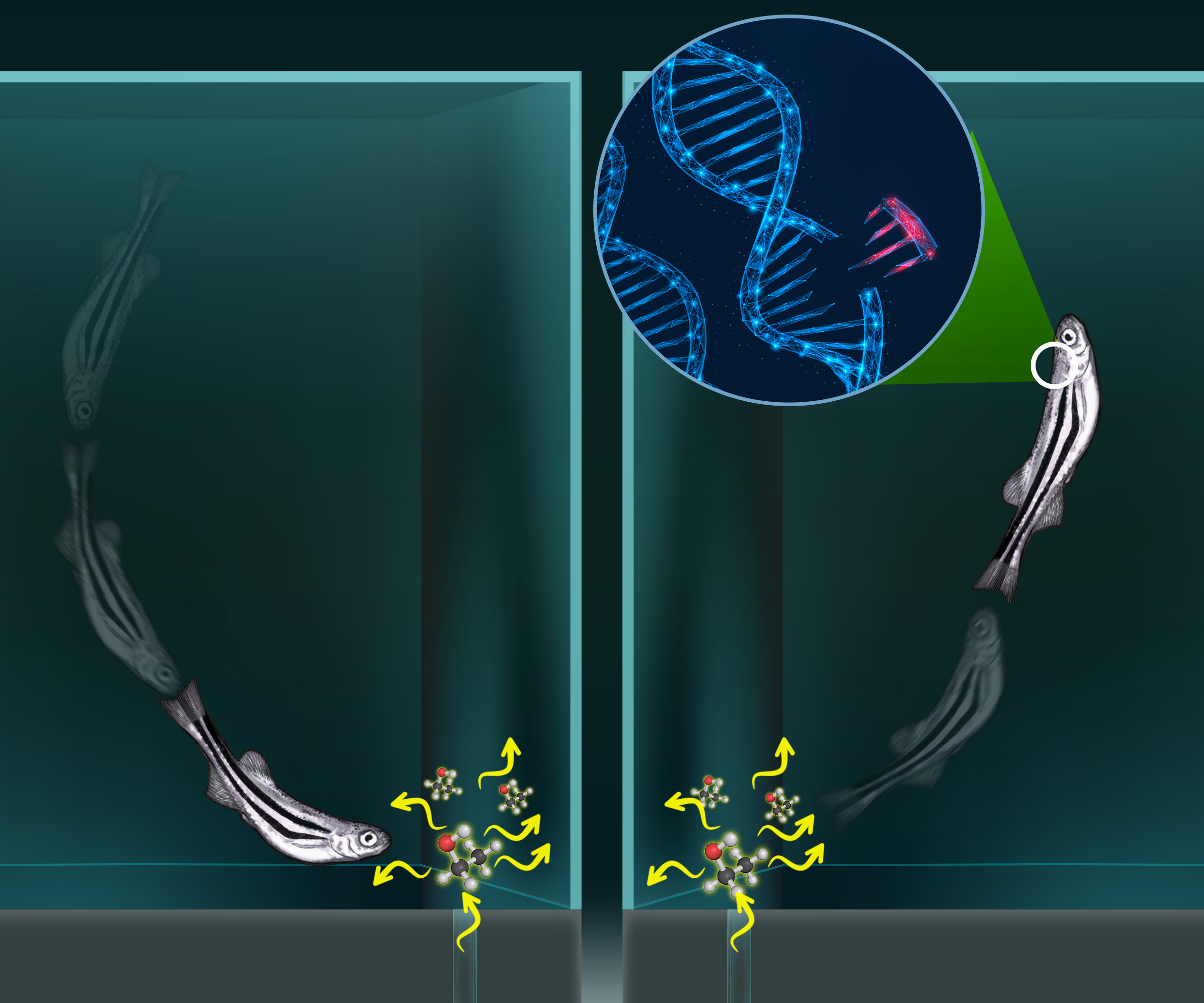Insights on addiction from human and zebrafish behaviour studies
Yale-NUS faculty’s zebrafish study may help address addiction issues
Yale-NUS faculty are tackling intriguing and innovative research topics in their respective fields. In this regard, Assistant Professor of Science (Neuroscience) Ajay Mathuru has taken a special interest in addiction – specifically, the neural mechanisms underlying addiction.
Although his research mainly focuses on how risk and reward motivate behaviour in animals, as well as the neurogenetic underpinning of such behaviours, he has recently turned his attention to human brain disorders, specifically substance addiction in humans.
Sharing the link between animals and humans that motivates his research, Asst Prof Mathuru said, “Addiction in humans is fairly complex and dynamic, but also shares the neural circuitry normally seen in animals’ response to rewards and risks.” In addition, he elaborated that these two overlapping areas have slowly become the foci of the researchers’ research work.
Asst Prof Mathuru recently received a grant from Singapore’s Ministry of Education to further his research and investigate the role of a specific neural receptor in addiction and anxiety. His findings on whole exome sequencing to determine genetic risk for substance-use disorders were published in the Journal of Clinical Medicine earlier this year, while a separate paper on alcohol preference in zebrafish was published in Addiction Biology.
 Image provided by Asst Prof Mathuru.
Image provided by Asst Prof Mathuru.
In the former, Asst Prof Mathuru and his colleagues describe an approach to study the genetics of substance-use disorders in a clinical setting. This study aimed to discover potential genetic variants that might predispose someone to addictive disorders. By using whole-exome sequencing, they were able to discover gene variants and protein mutations in human participants with both a substance-use disorder and a family history of addiction. Most significantly, this study allowed them to test the feasibility of using this approach in personalised and medicine-based strategies to mitigate behavioural and drug addictions.
This publication on whole-exome sequencing links to his second paper, which uses zebrafish to determine the threshold of animal interest in alcohol. This can be applied to human addiction as well, as Asst Prof Mathuru explained.
“Novel human pathogenic genetic variants suspected to have a role in addiction can be rapidly tested in the zebrafish model,” he said, adding, “The paper reports the results of performing such tests on the role of the gene Coiled-Coil Serine-Rich Protein 1 (CCSER1) in developing alcohol dependence.”
Asst Prof Mathuru’s new paper builds on some of the findings of the first paper, which used human participants as subjects. By using zebrafish as a model to explore how human addiction works, he was able to break new ground in addiction research.
“In the alcohol preference manuscript we validate a technique that delivers alcohol based on the choices of the zebrafish,” he said. In the study, a system with stimulus delivery zones at one end and a constant influx of fresh system water at the opposite end was used. The zebrafish could swim freely between zones depending on whether they wanted to be exposed to alcohol. This allowed the zebrafish a choice between self-administering an alcohol stimulus or a control solution.
Elaborating on the conclusions derived from this technique, he noted, “When given a choice, zebrafish show an inverted U-shaped biphasic preference for increasing concentrations of alcohol.” This showed that there is a threshold for animal preferences that can apply to human preferences as well, as the zebrafish avoided higher concentrations of alcohol and tended to prefer low concentrations. In addition, acute exposure of the zebrafish to a drug used to deter alcohol consumption in humans also decreased alcohol self-administration, making them ideal test subjects.
 As demonstrated in Addiction Biology, zebrafish are attracted to low concentrations of alcohol. This image shows that zebrafish with mutations in CCSER1, a gene associated with alcohol dependence in human genetic studies, avoid self-administering alcohol. Image provided by Asst Prof Mathuru.
As demonstrated in Addiction Biology, zebrafish are attracted to low concentrations of alcohol. This image shows that zebrafish with mutations in CCSER1, a gene associated with alcohol dependence in human genetic studies, avoid self-administering alcohol. Image provided by Asst Prof Mathuru.
These findings were significant in the field of addiction research, given the neural circuitry that both humans and animals have in common. “In addition to addressing how fish respond to alcohol, our research demonstrated a new way to study the neurogenetics of drug dependence using zebrafish,” said Asst Prof Mathuru.
As senior corresponding author for both publications, one of Asst Prof Mathuru’s main goals was to bridge knowledge between various fields in neuroscience. This is evident from the close links between both of his works. As he explained, “The overall motivation to develop such papers was to bridge clinical and fundamental lab-based neuroscience studies.”
He is currently furthering his research in neuroscience with the grant from Singapore’s Ministry of Education.





